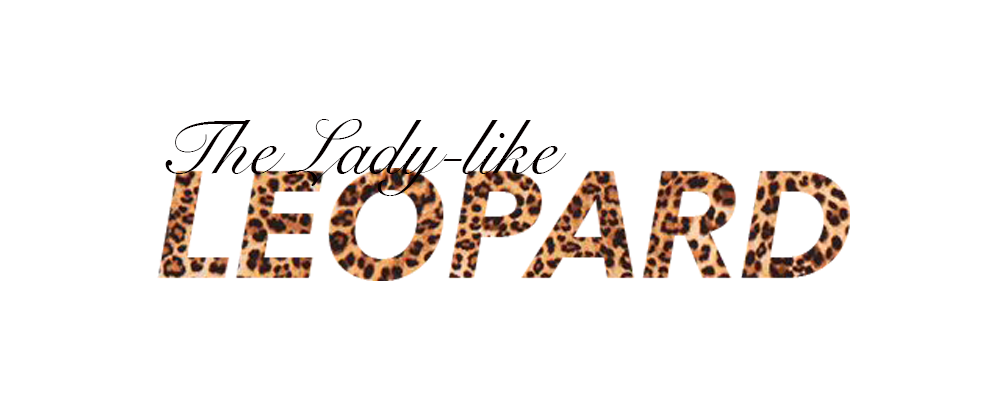January 31st is also International Zebra Day. We love the zingy print, but what do we actually know about the wild creature? For each of these zazzy zebra print fashion photos, I’ll tell you one zippy fact about them. Are you ready? Let’s hit the safari. And I promise, I’ll stop with the “z” adjectives.
Zebra Print & Facts:
International Zebra Day 2019

1. Although zebras are closely related to horses, they’re not horses. However, they are part of the same genus—Equus—as horses & donkeys.
View this post on Instagram
2. Each species of zebra has a different pattern of stripes. They might look similar, but there are subtle differences!

3. A zebra’s stripes act like camouflage to predators. Lions are colourblind so when they see a zebra in the distance, it blends into the tall blades of grass.

4. In the same way that no two human’s fingerprints are the same, no two zebras have the same exact stripes.

5. The largest species of zebras can weigh up to 990lbs and stand at about 5ft tall. They’re said to resemble more of a “mule with stripes.”
View this post on Instagram
6. Zebras carry their babies for a gestation period of 12-14 months. When they’re born, foals weigh 55-88lbs.
View this post on Instagram
7. Zebras have a lifespan of about 25 years.

8. Although most zebra species are stable, one type (the Quagga) became extinct in 1883.

9. A zebra’s diet consists mainly of grass and they will sometimes travel up to 2,896km to find more.
To learn other facts about zebras (and see how ~cute~ they are) check out #InternationalZebraDay on social media. I’ll be posting too! Stay fierce zesty.

Feature image of Kate Moss photographed by Steven Meisel in Vogue Italia can be found here. Zebra facts via Live Science.

